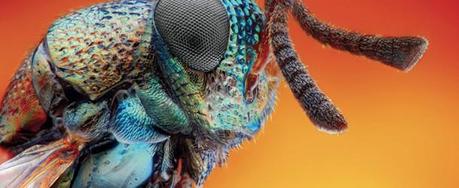

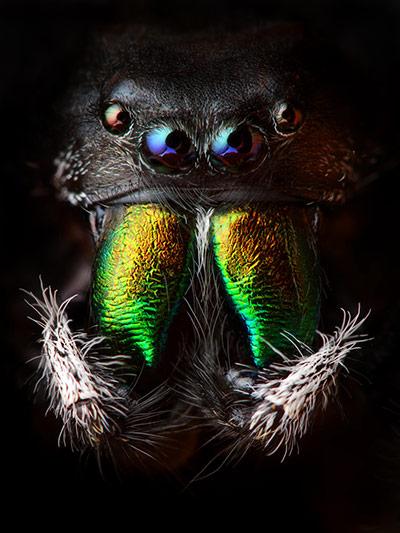
Arthropods: a jumping spider, Phidippus audax. Arthropods, which include insects, crustaceans, mites, spiders and crabs, are the largest animal lineage, accounting for 80% of all known animal species
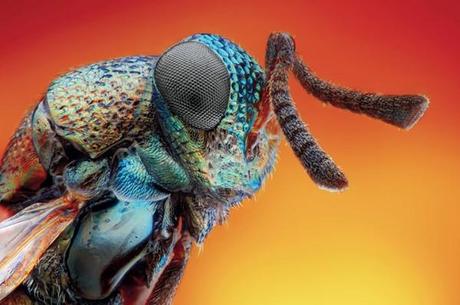
Arthropods: Compound eyes comprising thousands of hexagonal units are a characteristic of many arthropods, including this parasitoid wasp
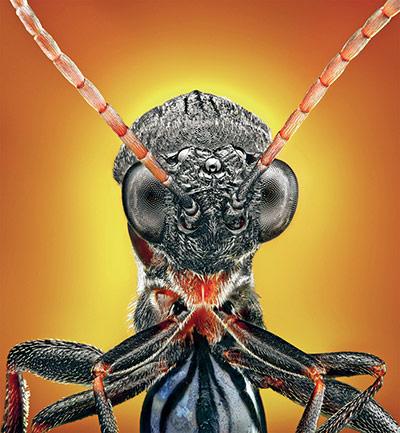
Arthropods: a cynipid wasp. Some insects have simple eyes in addition to their compound eyes, three of which can be seen on top of this wasp’s head
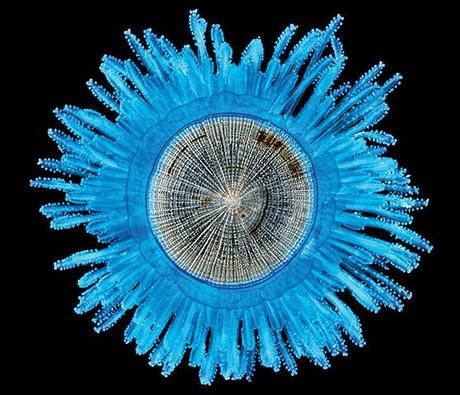
Cnidarians: These aquatic animals come in a bewildering variety of forms and include jellyfish, sea anemones, corals, sea pens, sea fans, sea daisies, hyrdoids and hydras. What looks like a single individual is often a colony of polyps with specialised functions. In Porpita (example shown here) there are polyps for providing buoyancy, feeding (in the form of tentacles), digestion and reproduction
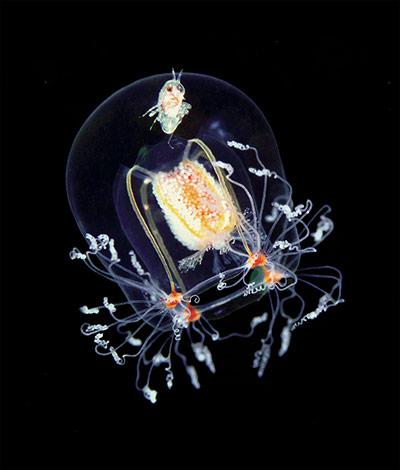
Cnidarians: This one’s a jellyfish (Bougainvillia superciliaris) with a hitchhiking amphipod (Hyperia galba)
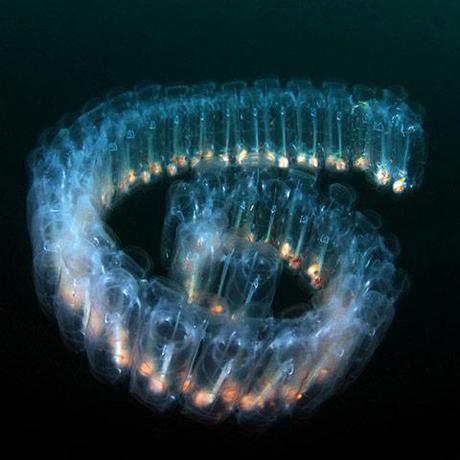
Tunicates: These are exclusively marine. Some have a sponge-like form, living their entire adult lives glued to the spot, while others, like this one (Pegea confoederata), form floating colonies
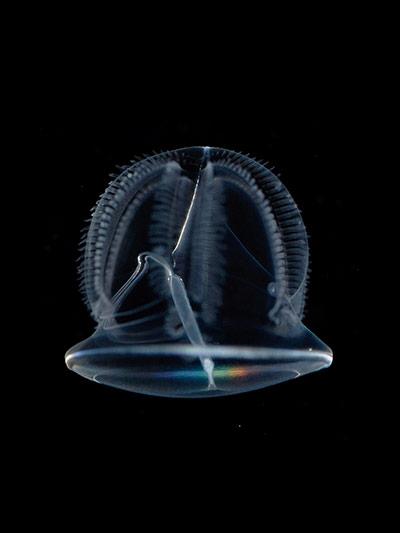
Hemichordates: An acorn worm (Ptychodera flava) in its hat-shaped, planktonic stage. The hemichordates are rarely seen and poorly known. They comprise burrowing acorn worms and free-floating, tubular colonies

Echinoderms: a sea urchin, Coelopleurus floridanus. The mobile spines offer protection from predators. Since this species lives in relatively deep water, the purpose of its bright pigments is unknown. As well as star-shaped forms, the echinoderms include sedentary species that look a bit like plants, and species that burrow in the sediment

Annelids: Bristle worms, beard worms, spoon worms, peanut worms, earthworms and leeches. Segmentation – clearly visible here – is a distinguishing feature of all the annelids

Annelids: a tube-dwelling polychaete (meaning ‘many bristles’). Many annelids have elaborate, colourful tentacles for filter-feeding and breathing. The funnel-shaped structure seals the tube when the animal retreats inside
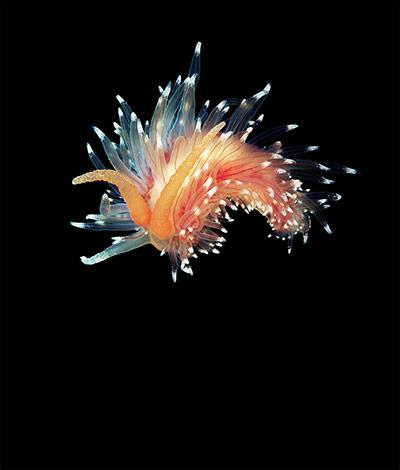
Molluscs include slugs and snails, octopuses and squids, chitons, bivalves, scaphopods, solenogasters and caudofoveates. This marine mollusc (Coryphella polaris) is a nudibranch, commonly known as sea slugs
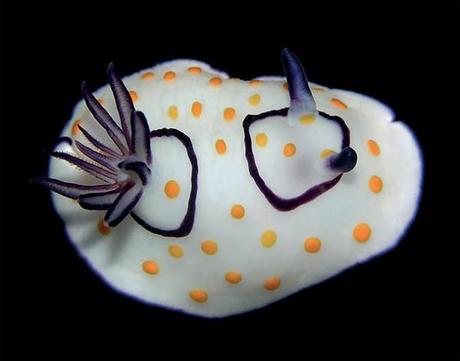
Molluscs (Chromodaris annulata): the bold colours and patterns of the sea slugs warn predators of their toxicity
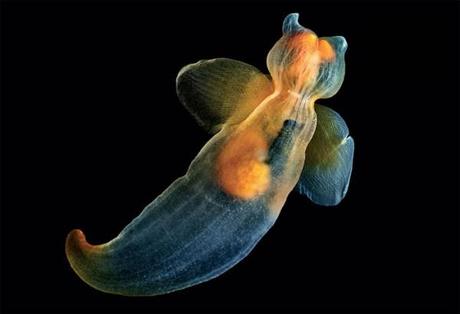
Molluscs: a sea angel (Clione limacia)
The vast majority of animals with which we share our planet go almost unnoticed, eclipsed by the bigger, more charismatic creatures such as the mammals, amphibians and reptiles. A book published this week – Animal Earth: The Amazing Diversity of Living Creatures by Ross Piper – seeks to redress this imbalance by providing an unbiased tour of the 35 lineages of the animal kingdom in all their bizarre beauty and variety.
